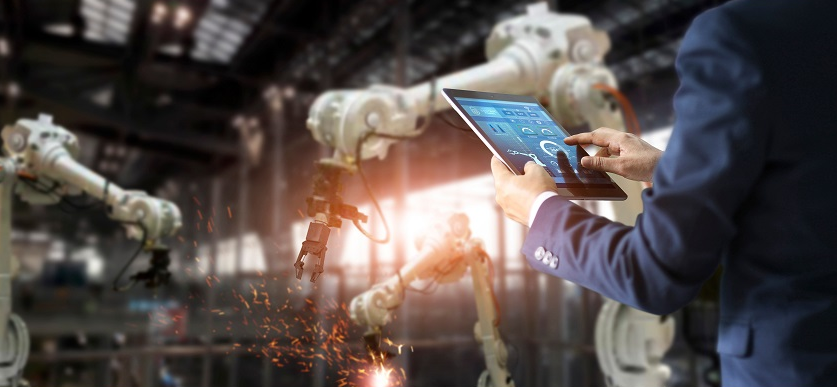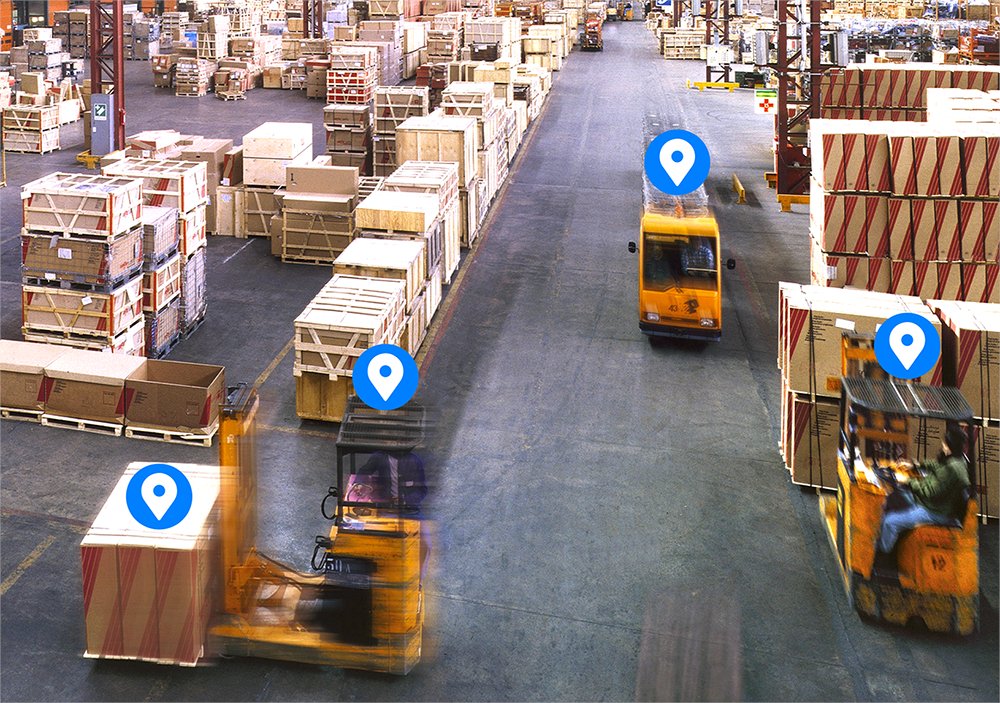Inspections are critical for attaining manufacturing excellence. Inspection of processes and products determine the business success and customer confidence in the brand. Companies are increasingly relying on next-generation inspection solutions to improve quality control and deliver defect-free products.
AI-powered Computer Vision
Digitization and machine vision based on AI algorithms can identify manufacturing anomalies much faster than human inspectors and improve quality and reduce costs. It employs computer vision, a field of artificial intelligence (AI) that enables computers and systems to obtain useful insight from digital images, videos, and other visual inputs — and take actions or make recommendations.
AI-backed computer vision is finding applications in industries ranging from manufacturing to automotive – and the market is expanding rapidly. It can perform the functions like inspection and identification in much less time. By the use of cameras, data, and algorithms, a system can be trained to inspect products or watch a production asset and analyze a very wide range of products or processes and detect invisible defects at a rate exceeding human capabilities.
Deep learning, an aspect of machine learning technology, trains machines by feeding a neural network with examples of labeled data. This is used to identify common patterns based on these examples and then convert it into a ‘math equation’ that mimics a human visual inspection classifies forthcoming information and performs tasks like differentiating parts, abnormalities, and texture.
Use Cases:
Automatic Counting: Computer Vision can be used for counting applications in industries where small parts are manufactured in large numbers like in metal parts, foods, pharmaceuticals, food, rubber pieces, wooden products, jewelry, etc.
Detect absence/presence: Computer vision can also detect the absence and presence of something such as date print, tags, brand logos, codes, stamps, etc, and automatically confirm the completeness of the product.
Sorting: Vision systems powered by AI algorithms can identify the right and defective product types by imaging them at high speeds. For example, separating pills in the pharma industry and segregating broken and damaged items in jewelry. This can be followed by sorting the identified items into chosen categories.
Surface Inspection: Computer Vision can identify surface anomalies for example scratches, dents, and pits accurately and at a high speed. Defects in some products like fabrics or automobile bodies are very small and undistinguishable, which can be detected only by monitoring the variation in intensity using deep learning algorithms.
Application:
Machine Vision is powering Industrial Automation. Using the latest 2D, 3D, and Artificial Intelligence solutions inspection systems are used across various industries like the pharmaceutical industry, automotive industry, printing and packaging industry, food and beverage industry, and textile industry. It offers huge benefits in eliminating human interventions and errors thus cutting down heavily on inspection cost and time.
There are startups working on this solution helping the above-mentioned as well as other sectors to greatly enhance their functioning through the acceptance and integration of new technologies into their existing systems. To know more about these and for collaboration and partnership opportunities please write to us at open-innovator@quotients.com







